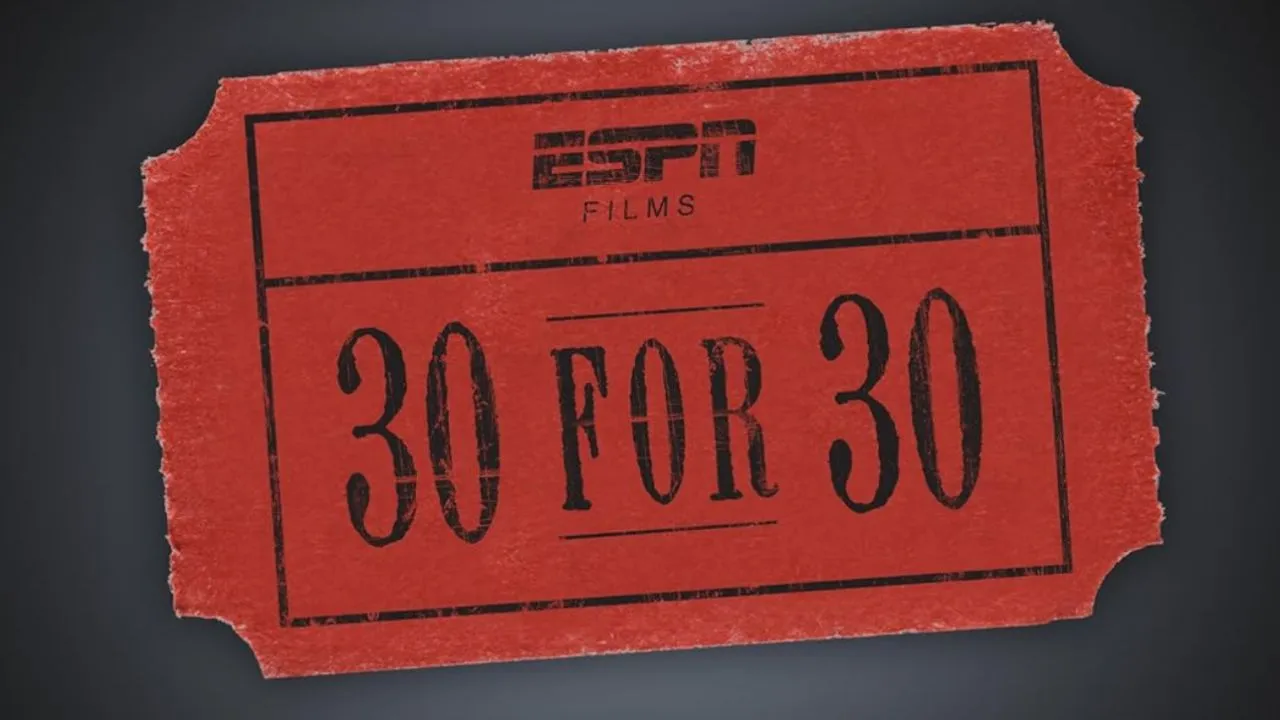Sports documentaries have a unique way of drawing audiences into the human side of athleticism—the drama, the triumphs, the heartbreaks. Few documentary series have captured these elements as powerfully as ESPN’s “30 for 30.” Since its debut, “30 for 30” has become synonymous with groundbreaking storytelling in sports, highlighting some of the most compelling narratives from the world of athletics. But have you ever wondered how this iconic series got its name?
Let’s dive into the origin story of ESPN’s “30 for 30” and how it transformed the landscape of sports documentaries.
Table of Contents
The Birth of an Idea: Celebrating ESPN’s 30th Anniversary
Back in 2009, ESPN was celebrating its 30th anniversary, marking three decades of revolutionizing sports broadcasting. To commemorate this milestone, the network’s visionaries wanted to create something unique—something that would go beyond just a retrospective of ESPN’s own history. They aimed to capture the evolution of sports over the previous three decades.
The concept for “30 for 30” was simple but powerful: 30 filmmakers would each create a documentary about a story from the previous 30 years of sports history. Each filmmaker was given creative freedom, resulting in a wide variety of styles and approaches that brought these stories to life. From iconic events and unforgettable moments to untold stories, the goal was to shine a light on the impact sports had on society, culture, and individuals during ESPN’s existence.
Why “30 for 30”? The Meaning Behind the Name
The title “30 for 30” is a direct reflection of the original idea behind the series: 30 films created by 30 filmmakers, each capturing a unique story from the last 30 years of sports. The series aimed to highlight events and personalities that shaped the sporting world during ESPN’s first 30 years of operation (1979-2009).
The choice to involve 30 different filmmakers was a deliberate one. ESPN’s executives believed that giving diverse voices the opportunity to tell sports stories would result in a richer, more nuanced portrayal of the sports world. This approach allowed each film to stand out, not just as a documentary but as a work of art, with each director putting their own stamp on their subject matter.
A Legacy of Storytelling
While the initial run of 30 films was designed to coincide with ESPN’s 30th anniversary, the overwhelming success of the series prompted ESPN to expand the concept. “30 for 30” has grown well beyond its original framework, becoming a critically acclaimed and beloved brand for sports documentaries. Today, it includes multiple volumes and spinoffs, with over 100 films now in the series. The stories told range from iconic sporting moments to cultural and social issues linked to the world of sports.
- Notable Films: Some of the most popular documentaries in the “30 for 30” series include:
- “The U”: Chronicling the rise of the Miami Hurricanes football program in the 1980s.
- “O.J.: Made in America”: A deep exploration of the life of O.J. Simpson and the intersection of race, fame, and justice.
- “The Last Dance”: The behind-the-scenes look at Michael Jordan’s final season with the Chicago Bulls, which became a cultural phenomenon.
The Impact of “30 for 30” on Sports Media
The success of “30 for 30” wasn’t just about great storytelling—it represented a seismic shift in sports media. The series proved that sports documentaries could transcend the traditional boundaries of sports broadcasting. These films focused not only on what happened during a game or event but also on the emotional and social impact of those moments. This deeper, more humanized approach resonated with audiences, and it opened the door for other networks and platforms to produce long-form sports documentaries.
It also changed the way sports were discussed in popular culture. “30 for 30” turned athletic events into cultural phenomena, giving fans a greater appreciation for the stories behind the games they loved. The series provided a platform for previously unheard voices in sports, shining a light on underappreciated athletes, teams, and moments in history.
What’s Next for “30 for 30”?
As ESPN continues to grow, so too does its “30 for 30” brand. The network continues to produce documentaries under the series’ name, exploring new angles and uncovering more untold stories in the sports world. The longevity of the brand speaks to its success in connecting with fans on a deeper level.
Looking ahead, “30 for 30” promises to remain a cornerstone of sports storytelling, as more filmmakers explore the ever-evolving intersection of sports, society, and human experience.
Conclusion
What began as a commemorative project for ESPN’s 30th anniversary has blossomed into one of the most important sports documentary series ever created. “30 for 30” has not only celebrated the biggest moments in sports history but also brought to light stories that have shaped our understanding of athleticism, culture, and the human spirit. As we look forward to the next decade of “30 for 30,” one thing is certain: the series will continue to redefine how we see and experience sports, on and off the field.The name “30 for 30” might have started as a simple nod to ESPN’s past, but its impact on sports media will continue for years to come, leaving an indelible mark on the world of storytelling.

